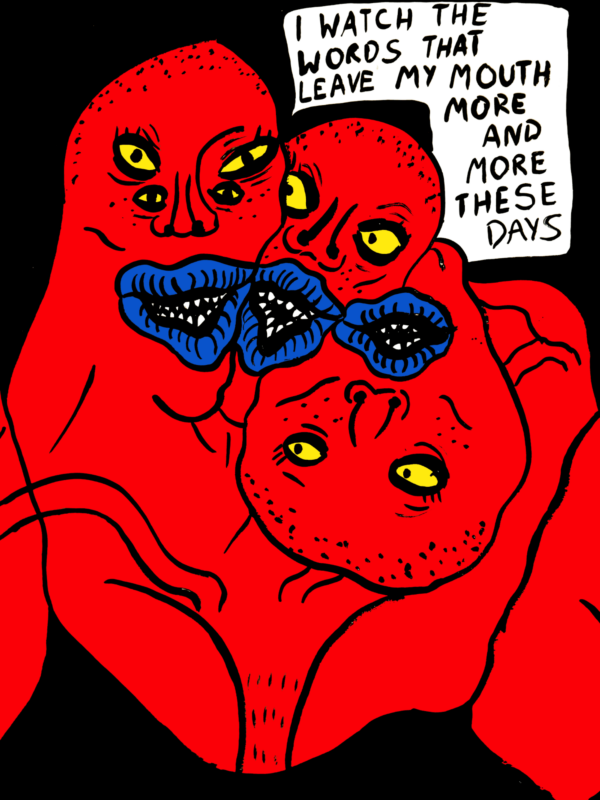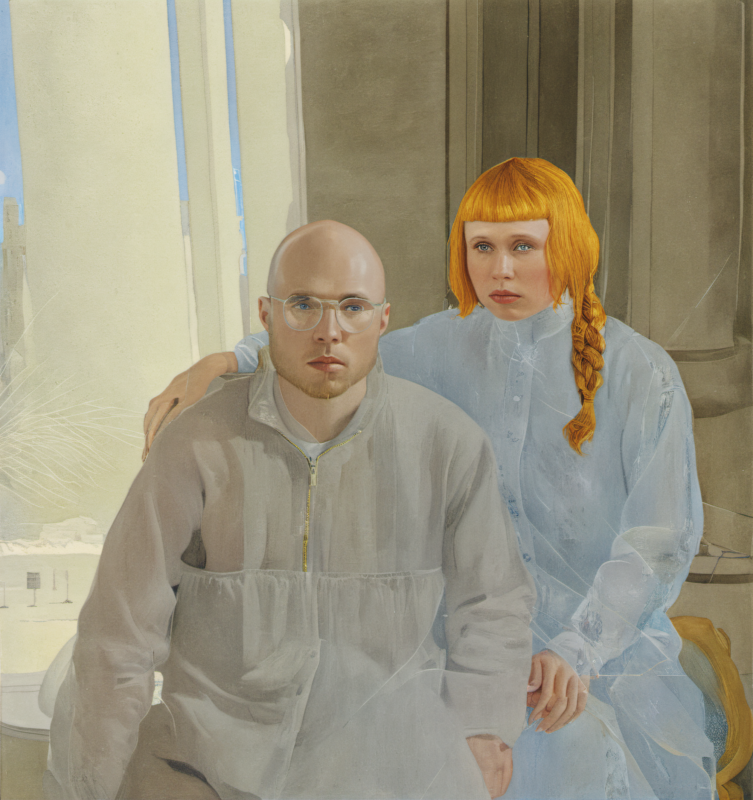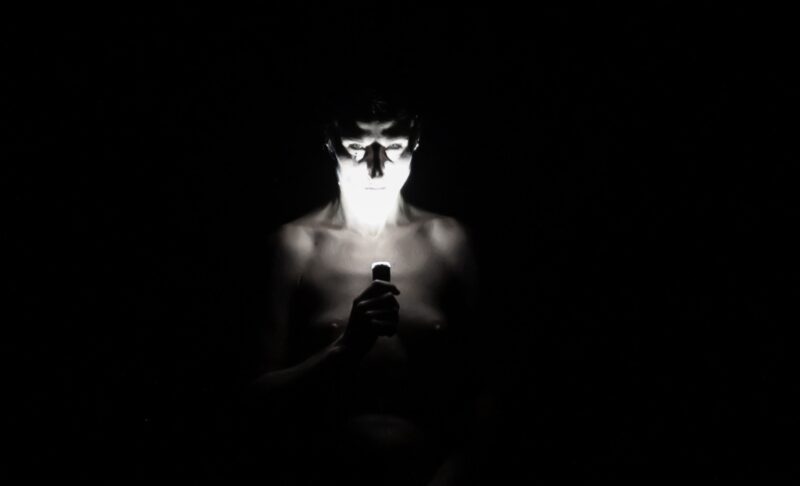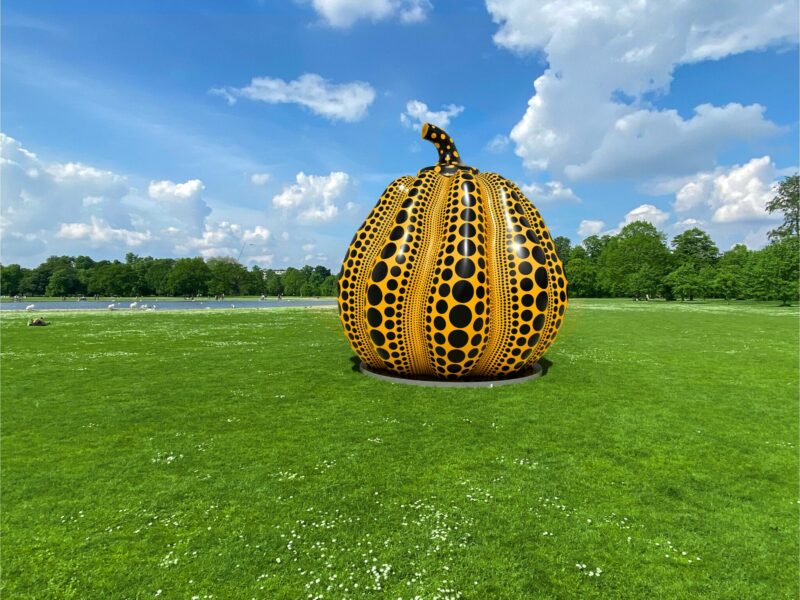On 9th October, Christo’s original drawing of The Mastaba (Project for London, Hyde Park, Serpentine Lake), 2018, will be on view to the public in The Magazine at Serpentine North.

The presentation of this artwork will be accompanied by the launch of The Christo Interviews, a collection of ten conversations between Christo and Hans Ulrich Obrist, Artistic Director of Serpentine. The book, published by HENI, celebrates the artists who are best known for their large-scale, site-specific installations.
Christo (1935–2020) and Jeanne-Claude (1935–2009) are among the world’s most celebrated artists. Known for their ambitious artworks that altered both the physical form and visual appearance of sites for a short period of time, before returning environments to their original states.
From June 18th to September 23rd, 2018, Christo and Jeanne-Claude’s temporary sculpture, The London Mastaba, sat atop Hyde Park’s Serpentine Lake. The piece, which consisted of 7,506 horizontally stacked barrels on a floating platform, was the artists’ first major public outdoor project to be completed in the UK. It coincided with an exhibition at Serpentine detailing their 60-year history of working with oil barrels and accompanied by a digital mobile tour supported by Bloomberg Philanthropies.
The drawing on view, created by Christo just before the realisation of The London Mastaba, stands out as one of the few large format pieces featuring a view of the Serpentine Bridge. It serves as an indelible recollection of the public artwork, capturing a pivotal moment in Christo and Jeanne-Claude’s artistic journey, and preserving it for future generations.
Edited in close collaboration with the Christo and Jeanne-Claude Foundation, the new hardback book is fully illustrated with images of finished works, drawings and archival photographs from throughout the duo’s long and successful career.
The book covers interviews conducted between 2012 and 2020, including Obrist and Christo’s very first conversation, prompted by an invitation from Staffan Ahrenberg; Obrist’s first visit to Christo’s studio in New York; an unpublished conversation at the site of The Floating Piers at Lake Iseo, Italy and an interview ahead of The London Mastaba. The book explores their conversation for Surface Magazine, an issue that was guest edited by Obrist; the public lecture ‘An Evening with Christo’ at Royal Geographical Society; an expanded version of Obrist’s interview for Kaldor Art Projects; Christo and Obrist’s talk from his series at Art Basel Miami; and Christo’s last interview for Revue Cahiers d’Art, the 1926 French and artistic and literary journal relaunched in 2012 by Staffan Ahrenberg.
Christo and Jeanne-Claude’s team is now focused on The Mastaba for The Middle East. The proposed installation will be made from 410,000 multi-coloured barrels to form a vibrant mosaic, echoing Islamic architecture. The Mastaba will be 150 meters (492 feet) high, 300 meters (984 feet) long at the vertical walls and 225 meters (738 feet) wide at its slanted walls. All production and design aspects, including the colours and positioning of the 55-gallon steel barrels were developed by Christo and Jeanne-Claude. Once realised, it will be the artists’ only permanent, large-scale public artwork in the world.
Since it launched in 1970, Serpentine has had a long-standing commitment to bringing art out of the traditional gallery context and into the surrounding landscape, offering an opportunity for artists to engage with the immediate environment of Kensington Gardens.
Blow Up ‘71, the first summer show of 1971 featured a week-long outdoor exhibition of inflatables, flying sculpture, and ‘art sports’ in the Royal Parks. Further exhibitions presented both in the park and at Serpentine include Henry Moore (1978) and Anthony Caro (1984). Sculptures exclusively featured in the Park included Denys Short (1973), John Hoskin (1975), Alfred Dunn (1976), Eduardo Paolozzi (1987), Ron Haselden (1990) and Tony Smith (1996).Serpentine commissions of public artworks have ranged from a permanent installation of a stone circle and benches by Ian Hamilton Finley for the 1996 exhibition Inside Out.
In recent years, public art has emerged as a central strand of Serpentine’s programme. Major presentations include Anish Kapoor’s Turning the World Upside Down (2010), featuring four works, including his iconic Sky Mirrors, placed in locations across the park, Fischli/Weiss’s sculpture Rock on Top of Another Rock (2013), Betrand Lavier’s Fountain (2014): and Lee Ufan’s Relatum – Stage (2018-19). In 2018, Christo and Jeanne-Claude’s monumental work The London Mastaba was installed on the Serpentine Lake and marked their first major public artwork in the UK and the final outdoor artwork completed in Christo’s lifetime. Jakob Kudsk Steensen’s augmented reality project The Deep Listener (2019), Sofia Al Maria’s commission Taraxos (2021) and Alexandra Daisy Ginsberg’s Pollinator Pathmaker (2022 – 2023) have brought a younger generation of artist’s commissions to the park.
Kusama’s Pumpkin situated at the Round Pond in Kensington Gardens is the latest in a long-standing series of remarkable public presentations in The Royal Parks since Serpentine’s foundation in 1970 which includes the recently inaugurated STRIP-TOWER (2023) by German luminary Gerhard Richter currently situated on the outdoor plinth at Serpentine South.
As part of the public art programme, Atta Kwami’s mural Dzidz? kple amenuveve (Joy and Grace) (2021-22) has been extended to 30th September 2024 and remains on display at Serpentine North.
Umuntu ngumuntu ngabantu, presented in the garden at Serpentine North, is Esther Mahlangu’s first public mural in the UK. Painted over sixteen wooden panels, the work depicts traditional Ndebele shapes and patterns outlined with a black border. It will be unveiled on 10th October 2024.
About Christo and Jeanne-Claude
Christo (1935, in Gabrovo, Bulgaria –2020, in NYC) and his late wife Jeanne-Claude (1935, in Casablanca, Morocco –2009, in NYC) were among the world’s most celebrated artists, known for their ambitious, large-scale works of art that alter both the physical form and visual appearance of sites for a short period of time, before returning environments to their original states.
Their monumental projects around the world, included Wrapped Coast, One Million Square Feet, Little Bay, Sydney, 1968–69; Running Fence, Sonoma and Marin Counties, California, 1972–76; Surrounded Islands, Biscayne Bay, Greater Miami, Florida, 1980–83; The Pont Neuf Wrapped, Paris, 1975–85; The Umbrellas, Japan– USA, 1984–91; Wrapped Reichstag, Berlin, 1971–95; The Gates, Central Park, New York City, 1979–2005; The Floating Piers, Lake Iseo, Italy, 2014–16; The London Mastaba, Serpentine Lake, Hyde Park, 2016–18; and L’Arc de Triomphe, Wrapped, Paris, 1961–2021.
Christo and Jeanne-Claude worked together since their first outdoor temporary work of art: Stacked Oil Barrels and Dockside Packages, Cologne Harbor, Germany, 1961. Before he escaped to the West, Christo studied painting, sculpture, architecture, and decorative arts at the National Academy of Art in Sofia for four years. All early works, such as Wrapped Cans, Wrapped Oil Barrels, Packages, Wrapped Objects, and Store Fronts, as well as all preparatory drawings, collages, and scale models are works by Christo only. All public projects and indoor installations, both realised and unrealised, are collaborative works by Christo and Jeanne-Claude.







